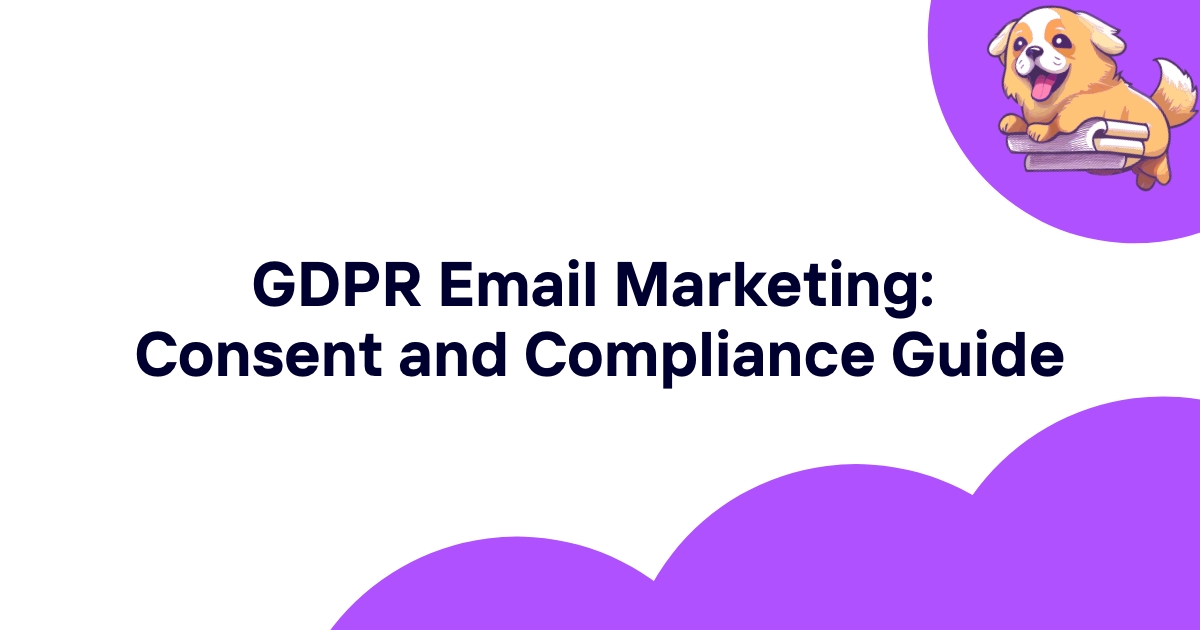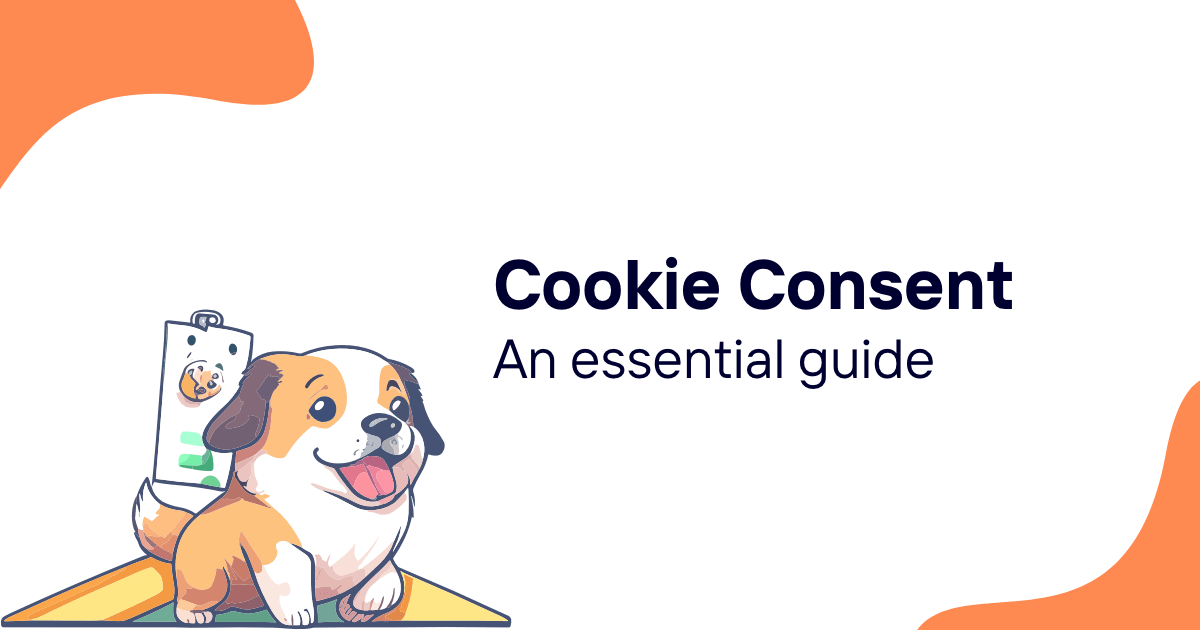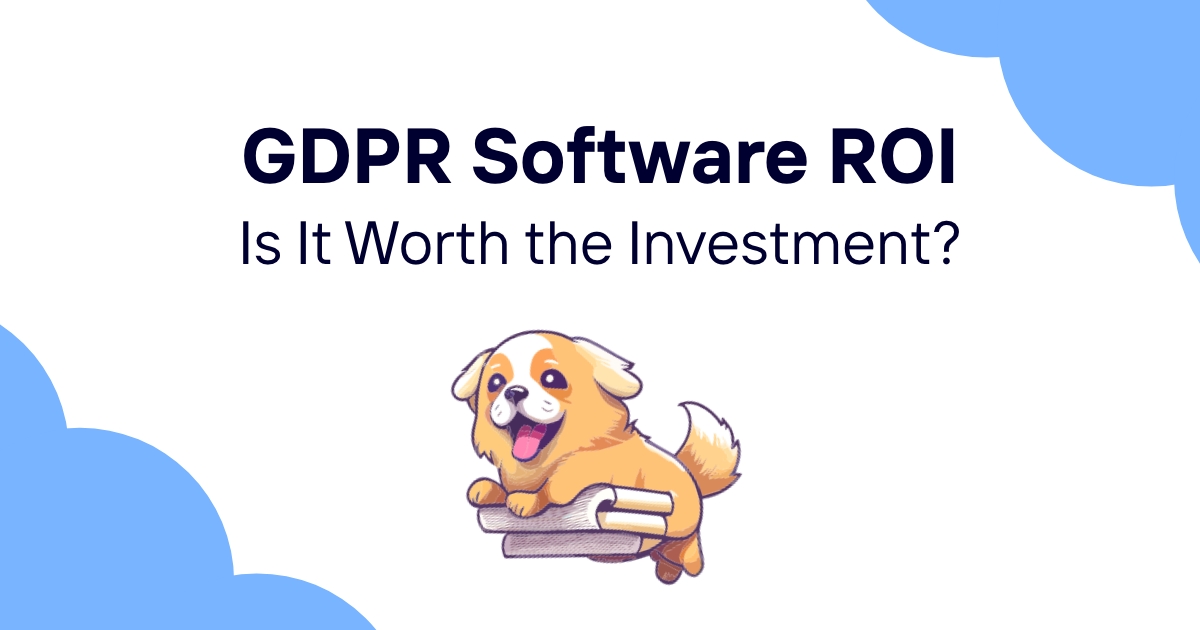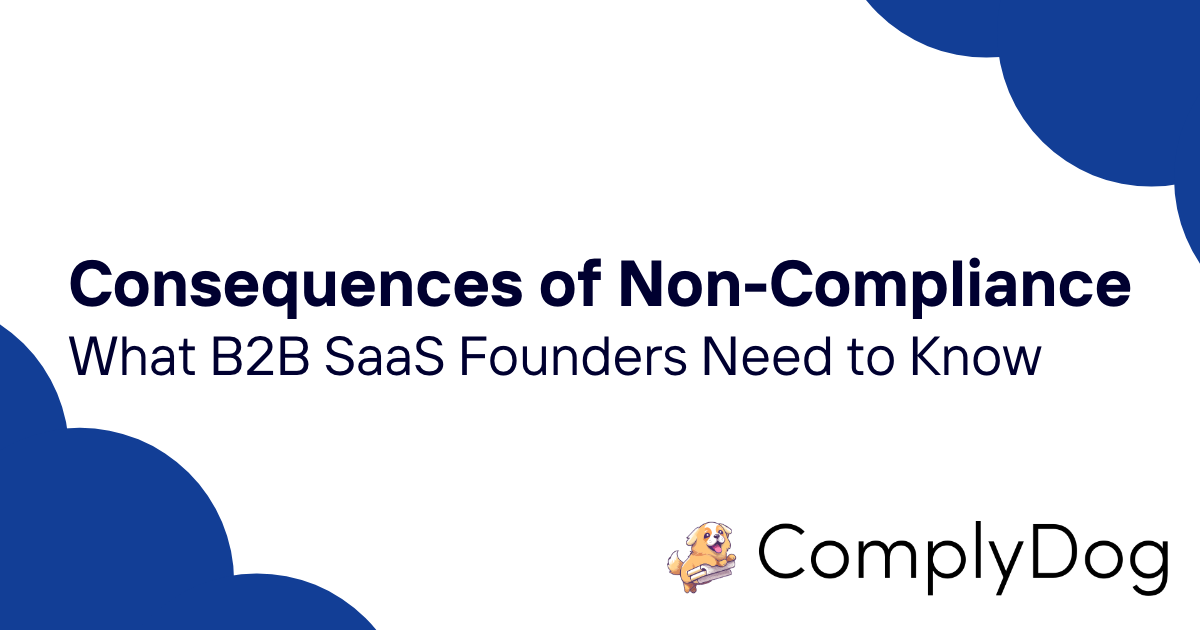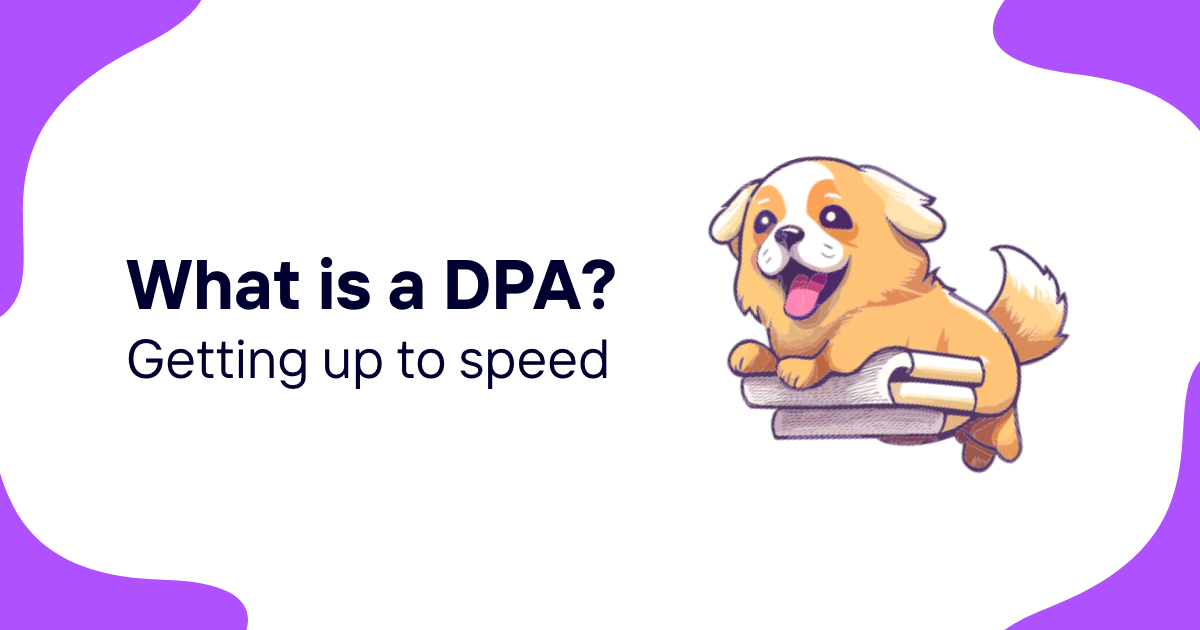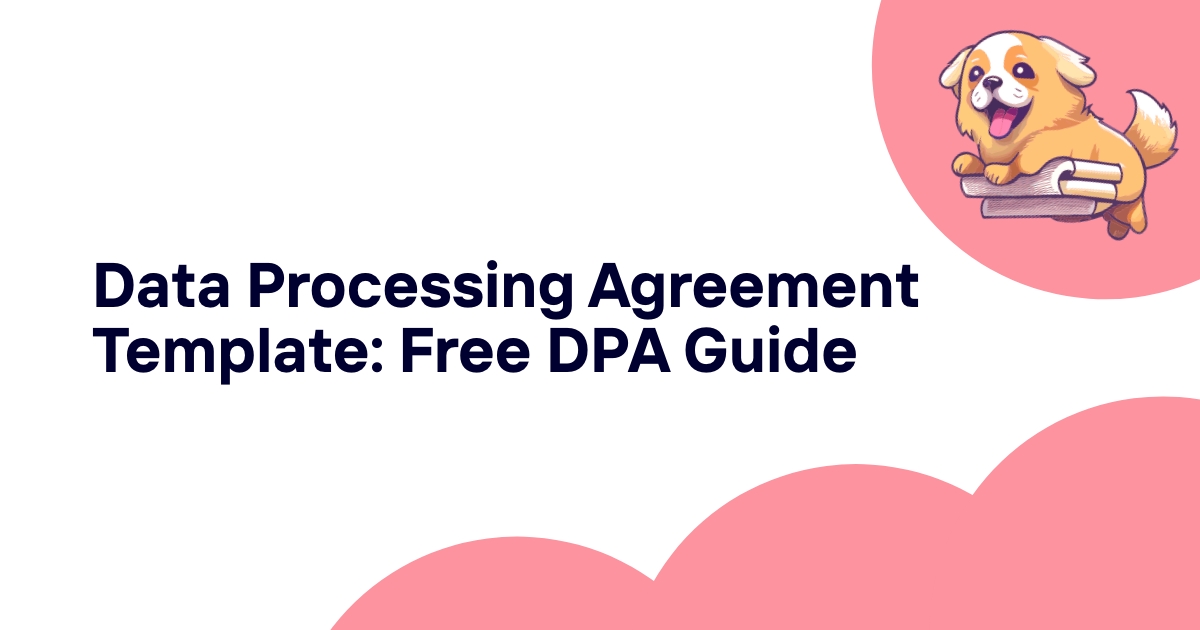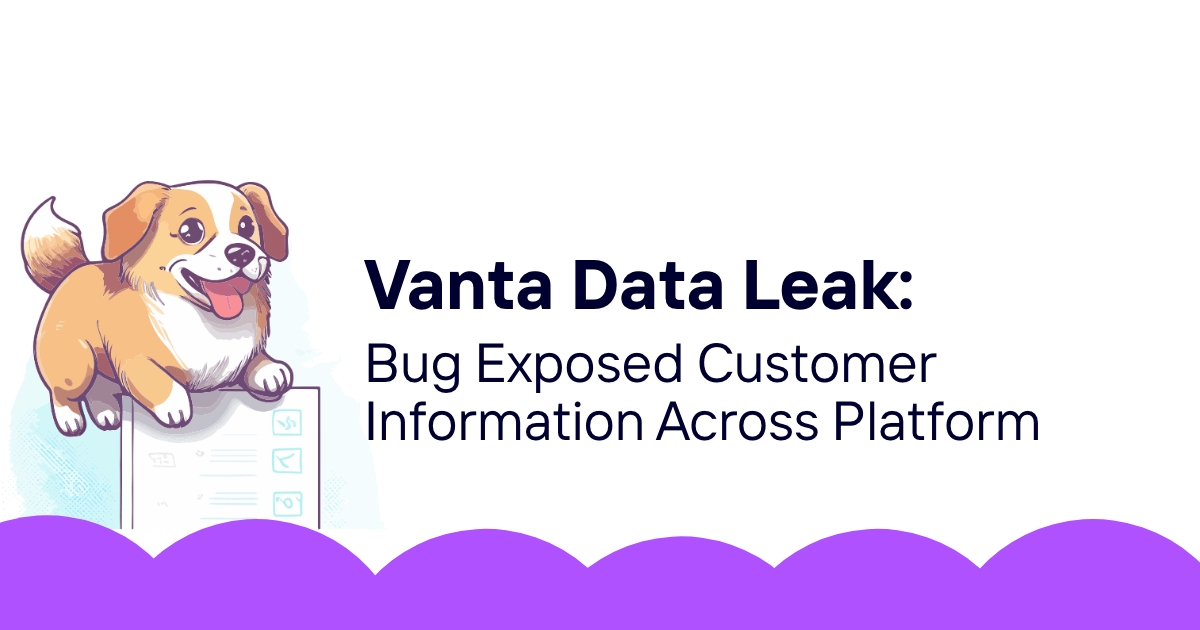Email marketing under GDPR requires explicit consent that many marketers still don't fully understand. Pre-checked boxes, inferred consent from business relationships, and soft opt-ins that were common before 2018 now violate privacy regulations.
The complexity extends beyond initial consent collection to ongoing management across email platforms, customer databases, and automated marketing sequences. A single compliance failure can trigger regulatory investigations affecting your entire marketing program.
This guide provides specific strategies for GDPR-compliant email marketing that builds subscriber trust while maintaining campaign effectiveness and list growth objectives.
GDPR Email Marketing Requirements
Legal Foundation for Email Marketing
GDPR treats email marketing as personal data processing requiring explicit consent from recipients before sending promotional communications.
Consent must be freely given, specific, informed, and unambiguous, eliminating previous practices like pre-checked opt-in boxes or implied agreement from business relationships.
Individual rights including access, correction, deletion, and objection apply to email marketing data, creating ongoing compliance obligations beyond initial consent collection.
Data processing principles including lawfulness, fairness, transparency, purpose limitation, data minimization, and accuracy apply to all email marketing activities.
Consent vs Other Legal Bases
Consent provides the primary legal basis for promotional email marketing to consumers, requiring active agreement before sending marketing communications.
Legitimate interest may support some B2B email marketing and existing customer communications, but requires careful balancing test documentation and easy opt-out mechanisms.
Contract performance enables transactional emails related to ongoing customer relationships but doesn't extend to promotional content or marketing messages.
Legal obligation rarely applies to email marketing except in specific regulated industries with mandatory customer communication requirements.
Email Marketing vs Service Communications
Clear distinction prevents mixing promotional content with service communications that have different legal bases and consent requirements.
Transactional emails including order confirmations, password resets, and account updates don't require marketing consent but shouldn't include promotional content.
Service announcements about features, updates, or policy changes may not require marketing consent but should provide opt-out mechanisms for non-essential communications.
Boundary management ensures marketing teams don't access customer data collected for other purposes without appropriate consent or legal basis.
Regulatory Enforcement Trends
Supervisory authorities increasingly scrutinize email marketing practices with substantial fines for consent violations and inadequate unsubscribe handling.
Recent enforcement actions focus on consent quality, unsubscribe mechanisms, and data retention practices in email marketing programs.
Regulatory guidance emphasizes granular consent, clear value propositions, and respect for individual preferences in email communications.
Cross-border enforcement coordination means violations in one jurisdiction can trigger investigations and penalties across multiple regulatory authorities.
Consent Collection for Email Marketing
Explicit Consent Requirements
Active opt-in mechanisms require deliberate positive action from individuals rather than passive acceptance or inferred agreement from other activities.
Clear consent language must specifically mention email marketing rather than using vague terms like "communications" or "updates" that could include non-marketing content.
Separate consent checkboxes for email marketing prevent bundling with essential service agreements that could invalidate freely given consent.
Consent timing ensures individuals provide agreement before receiving marketing emails rather than after the first promotional message.
Consent Form Design
Prominent consent options make email marketing agreement obvious and easy to understand without requiring careful reading of lengthy terms.
Granular choices enable individuals to select specific email types, frequencies, and content categories rather than all-or-nothing marketing consent.
Value proposition clarity explains benefits individuals receive from email subscriptions to support informed consent decisions.
Visual design balances consent visibility with user experience without using dark patterns that manipulate individual choices.
Information Requirements
Comprehensive consent information includes data controller identity, processing purposes, data types collected, and individual rights explanation.
Specific purpose description explains exactly what email marketing will include rather than generic statements about promotional communications.
Retention period disclosure indicates how long email addresses and related data will be stored for marketing purposes.
Contact information provides clear channels for privacy questions, consent withdrawal, and individual rights requests.
Consent Documentation
Consent records must capture individual identity, consent content, collection method, timestamp, and evidence of informed decision-making.
Proof preservation demonstrates that individuals understood marketing purposes and made deliberate choices about email subscription.
Version control tracks consent changes over time including modifications, withdrawals, and renewal activities with complete audit trails.
Integration systems ensure consent documentation is accessible across email platforms and marketing automation tools.
Double Opt-In Best Practices
Double Opt-In Implementation
Confirmation email dispatch immediately after initial signup verifies email address accuracy and confirms subscription intentions.
Time-limited confirmation ensures verification happens promptly while subscription interest remains high and prevents indefinite pending status.
Clear confirmation instructions help subscribers complete the verification process without confusion or technical difficulties.
Resend mechanisms enable additional confirmation attempts when initial emails aren't received or confirmed promptly.
Confirmation Email Design
Subject line clarity indicates confirmation purpose without appearing promotional or potentially triggering spam filters.
Content simplicity focuses on verification requirements rather than marketing messages that could confuse the confirmation purpose.
Prominent confirmation button or link makes verification action obvious and easy to complete quickly.
Sender identification clearly indicates the organization requesting confirmation to build trust and prevent confusion.
Pending Subscriber Management
Limited data processing during confirmation period ensures minimal personal data handling before explicit consent verification.
Automatic deletion of unconfirmed subscriptions after reasonable time periods prevents indefinite data storage without valid consent.
No marketing communications to pending subscribers until confirmation completion ensures promotional emails aren't sent without verified consent.
Clear status tracking enables customer service teams to assist with confirmation questions or technical issues.
Confirmation Process Optimization
Mobile-responsive design ensures confirmation emails work correctly across different devices and email clients.
Testing across email providers verifies confirmation mechanisms function properly for subscribers using different email services.
Delivery monitoring tracks confirmation email success rates and identifies potential delivery issues requiring attention.
User experience testing ensures confirmation process is smooth and doesn't create unnecessary friction for legitimate subscribers.
Email List Management and Consent
Consent Scope Management
Purpose-specific consent tracking enables targeted email campaigns while respecting individual preferences about different content types.
Frequency preferences management allows subscribers to control how often they receive emails without complete unsubscription.
Content category selection enables granular control over newsletter topics, promotional offers, and event notifications.
Channel preference coordination ensures email consent doesn't automatically enable other marketing communications requiring separate agreement.
List Segmentation for Compliance
Consent-based segmentation ensures email campaigns target only subscribers with appropriate consent for specific content types.
Geographic segmentation considers different privacy regulations and consent requirements across various jurisdictions.
Engagement-based segmentation balances marketing effectiveness with respect for subscriber preferences and consent scope.
Suppression list integration prevents emails to individuals who have withdrawn consent or requested removal from specific campaigns.
Data Quality and Maintenance
Regular list cleaning removes invalid email addresses and reduces bounce rates that could affect sender reputation.
Engagement monitoring identifies inactive subscribers who might benefit from re-engagement campaigns or list removal.
Data accuracy verification ensures subscriber information remains current and enables effective preference management.
Duplicate removal prevents multiple email addresses for the same individual from creating consent management confusion.
Consent Renewal Strategies
Re-permission campaigns enable organizations to obtain fresh consent from existing subscribers while demonstrating value proposition.
Consent expiration policies establish timeframes for reviewing and potentially renewing marketing consent from inactive subscribers.
Engagement-based renewal triggers consent review when subscriber activity drops below defined thresholds.
Value demonstration throughout renewal process helps subscribers understand benefits of continued email subscription.
Unsubscribe and Withdrawal Mechanisms
Unsubscribe Mechanism Requirements
One-click unsubscribe enables immediate removal without requiring login credentials, additional information, or multiple steps.
Prominent unsubscribe links appear in every marketing email header or footer area where subscribers expect to find them.
Immediate processing removes unsubscribed individuals from future campaigns without delay or additional confirmation requirements.
Confirmation messages acknowledge unsubscribe requests and provide contact information for any questions or concerns.
Granular Unsubscribe Options
Partial unsubscribe enables frequency reduction or content category changes rather than complete removal from email programs.
Preference center access allows comprehensive subscription management including content types, frequency, and communication channels.
Temporary suspension options enable vacation holds or brief unsubscribe periods without permanent list removal.
Alternative communication channels offer options like reduced frequency or digest format rather than complete unsubscription.
Processing Withdrawal Requests
Immediate suppression prevents additional marketing emails while processing complete unsubscribe requests across all systems.
Cross-platform synchronization ensures unsubscribe requests are honored across email service providers and marketing automation platforms.
Manual request handling provides procedures for processing unsubscribe requests received through customer service or other channels.
Error prevention mechanisms ensure unsubscribe processing doesn't accidentally affect transactional email delivery or account communications.
Suppression List Management
Comprehensive suppression tracking maintains records of all unsubscribe requests and ensures continued compliance across campaigns.
Import/export capability enables suppression list sharing between different email platforms and marketing systems.
Regular suppression verification confirms that unsubscribed individuals aren't receiving marketing emails through any channel.
Compliance reporting documents unsubscribe processing and demonstrates respect for individual withdrawal requests.
Email Marketing Data Processing
Data Minimization in Email Marketing
Essential data collection limits personal information to what's necessary for email delivery and basic personalization.
Behavioral tracking assessment determines when subscriber activity monitoring requires additional consent beyond basic email agreement.
Profile enhancement through external data sources requires separate consent for data enrichment and third-party information integration.
Purpose limitation ensures email data isn't used for unrelated marketing activities without appropriate consent expansion.
Personalization and Privacy
Basic personalization using first names and subscription preferences typically falls within email marketing consent scope.
Advanced personalization through behavioral analysis may require additional consent when it creates detailed individual profiles.
Content customization should balance relevance with privacy by using minimal personal data for campaign targeting.
AI-driven personalization using subscriber data requires careful assessment of consent scope and data processing purposes.
Analytics and Measurement
Email performance tracking through open rates and click tracking typically aligns with email marketing consent when properly disclosed.
Individual subscriber analysis may require additional consent when it goes beyond aggregate campaign performance measurement.
Cross-platform attribution connecting email performance to website behavior requires consent for behavioral tracking across platforms.
A/B testing using subscriber data should minimize personal data processing while achieving statistically significant results.
Data Retention and Deletion
Retention period specification for email marketing data should align with business necessity and consent scope rather than indefinite storage.
Automatic deletion processes remove subscriber data when retention periods expire or when withdrawal requests are received.
Backup system management ensures deleted email marketing data is also removed from backup systems and disaster recovery platforms.
Right to erasure implementation enables complete data removal when subscribers exercise deletion rights under GDPR.
Cross-Border Email Marketing
International Consent Requirements
Multi-jurisdictional consent management addresses different privacy regulations across countries where subscribers are located.
Consent standard variations require understanding local requirements beyond GDPR for comprehensive international compliance.
Language localization ensures consent requests and privacy information are provided in languages subscribers understand.
Cultural adaptation considers different privacy expectations and communication preferences across geographic markets.
Data Transfer Compliance
Cross-border data flows for email marketing require appropriate safeguards when transferring subscriber data internationally.
Email service provider selection should consider data residency requirements and international transfer compliance capabilities.
Adequacy decision reliance enables email marketing to countries with appropriate privacy protection recognition.
Standard contractual clauses implementation provides safeguards for email marketing data transfers to countries without adequacy decisions.
Geographic Targeting
Location-based email targeting must respect consent scope and avoid creating unauthorized profiling or behavioral monitoring.
IP geolocation for email content customization requires disclosure and consent when it processes location information.
Regional campaign management ensures marketing messages comply with local advertising regulations and cultural expectations.
Time zone consideration for email delivery should use minimal location data necessary for timing optimization.
Regulatory Coordination
Multi-authority compliance addresses overlapping regulatory jurisdiction when email subscribers are located in different countries.
Enforcement cooperation understanding helps anticipate how violations might be investigated across multiple regulatory authorities.
Guidance harmonization tracks different supervisory authority interpretations of email marketing requirements.
Best practice sharing across jurisdictions helps maintain consistent compliance standards for international email programs.
Email Compliance Verification
Consent Audit Procedures
Regular consent verification ensures email marketing practices align with current subscriber agreements and regulatory requirements.
Documentation review confirms consent collection methods meet GDPR standards and provide appropriate evidence for compliance demonstration.
System integration testing verifies consent management works correctly across email platforms and marketing automation tools.
Third-party audit capabilities enable independent verification of email marketing compliance practices and procedures.
Performance Monitoring
Compliance metrics tracking includes consent rates, unsubscribe frequencies, and individual rights request handling performance.
Deliverability monitoring ensures compliance practices don't negatively impact email delivery rates or sender reputation.
Engagement analysis identifies potential consent quality issues when subscriber interaction rates decline significantly.
Error tracking documents compliance system failures and ensures prompt resolution of technical issues affecting consent management.
Legal Compliance Assessment
Regulatory requirement mapping ensures email marketing practices address all applicable GDPR obligations and local privacy laws.
Risk assessment identifies areas where email marketing practices might create compliance vulnerabilities requiring attention.
Legal basis verification confirms email marketing activities have appropriate legal foundations and supporting documentation.
Individual rights compliance testing verifies procedures for handling access, correction, and deletion requests work correctly.
Continuous Improvement
Regular procedure updates incorporate new regulatory guidance and best practices into email marketing compliance programs.
Technology evaluation considers new email marketing tools and platforms for enhanced compliance capabilities and efficiency.
Training program development ensures marketing team members understand current compliance requirements and procedures.
Consider how email compliance integrates with broader digital marketing compliance strategies and overall privacy programs.
GDPR email marketing compliance requires systematic approaches to consent management, data processing, and individual rights that transform email marketing from broad broadcasting to targeted, permission-based communication. Organizations that master email compliance typically experience better subscriber engagement and stronger customer relationships.
Effective email marketing under GDPR balances regulatory compliance with business objectives while building subscriber trust through transparent and respectful communication practices.
Ready to implement GDPR-compliant email marketing? Use ComplyDog and access email marketing compliance tools, consent management systems, and verification capabilities that support effective subscriber engagement while respecting individual privacy rights.
